ISSN ONLINE(2319-8753)PRINT(2347-6710)
ISSN ONLINE(2319-8753)PRINT(2347-6710)
Ami Shukla1, Manju Khare2, K N Shukla3
|
| Related article at Pubmed, Scholar Google |
Visit for more related articles at International Journal of Innovative Research in Science, Engineering and Technology
This work focuses on a program developed in MATLAB/Simulink of 36W photovoltaic module. This program is based on mathematical equations and is described through an equivalent circuit including a photocurrent source, a diode, a series resistor and a shunt resistor. The developed program allows the prediction of PV module behavior under different physical and environmental parameters. This program can also be used to extract the physical parameters for a given solar PV module as a function of temperature and solar radiation. Effect of two environmental parameters of temperature and irradiance variations could be observed from simulated characteristics. The program simulation results are compared with the datasheet information and they found to have good agreement.
Keywords |
| Solar energy, photovoltaic, PV module, characteristics, programming, performance. |
INTRODUCTION |
| Solar energy has the greatest potential of all the sources of renewable energy. If only a small amount of this form of energy could be used, it will be one of the most important supplies of energy specially when other sources in the country have depleted energy comes to the earth from the sun. This energy keeps the temperature of the earth above than in colder space, causes current in the atmosphere and in ocean. It causes the water cycle and generates photosynthesis in plants. The solar power where sun hits atmosphere is 1017 W. The solar power on the surface of earth is 1016W. The total worldwide power demand of all needs of civilization is 1013W. Therefore, the sun gives us 1000 times more power than we need. If we can use 5% of this energy, it will be 50 times what the world will require [1]. Electrical energy that can be produced from the solar energy by photovoltaic solar cells. SPV cell converts the solar energy directly to electrical energy. The most significant applications of SPV cells in India are the energization of pump sets for irrigation, drinking water supply and rural electrification covering street lights, community TV sets, medical refrigerators and other small power loads. Sunshine available in India is for nearly 300 days in a year [2]. |
| Solar Energy has been used by mankind since long. Earlier however the use was restricted to utilization of Solar Energy for basic drying or heating purposes. It was soon realized that Solar Energy can be put to better use by utilization of sophisticated system for Water heating used at domestic level, or Industrial level, drying etc. The use of Solar Energy for electrical power generation dates back to Space age when Solar Photo Voltaic cells were used to power Satellites orbiting around the Earth. With passing time it was realized that Solar Photo Voltaic can be used as a Power source not just for satellites but as also the cleanest and greenest power source on Earth. Solar Energy thus started being used not just for conventional purposes such as heating but also power generation [2]. |
| Solar Energy is one of the cleanest and greenest technologies. Although Solar Energy in India is led by Solar Thermal., it is expected that Solar PV in India will prove to be the single largest source of power in the times to come. It is thus no surprise that Solar Energy is and will continue to play a dominant role in the Indian Power Scenario due to various benefits it offers over other renewable technologies. |
| Solar energy is a very important resource but is still largely underutilized in India. It currently accounts for only about 0.8% of the total power generation capacity in India. On an average the country has 300 sunny days a year and received an annual radiation of 1600-2200 kWh/m2 translating into an annual estimated potential of 6 billion GWh. To tap this vast potential of solar energy the MNRE has launched an initiative, solar radiation resources assessment (SRRA) which aims to developed solar atlas by assessing and quantifying the availability of solar radiation across country [3-4]. |
| The amount of solar energy produced in India in 2007 was less than 1% of the total energy demand. The gridconnected solar power as of December 2010 was merely 10 MW. Government-funded solar energy in India only accounted for approximately 6.4 MW-yr of power as of 2005. However, India is ranked number one in terms of solar energy production per watt installed, with an insolation of 1,700 to 1,900 kilowatt hours per kilowatt peak (kWh/KWp). 25.1 MW was added in 2010 and 468.3 MW in 2011. By January 2014 the installed grid connected solar power had increased to 2,208.36 MW, and India expects to install an additional 10,000 MW by 2017, and a total of 20,000 MW by 2022 [3]. |
| With about 300 clear, sunny days in a year, India's theoretical solar power reception, on only its land area, is about 5000 Petawatt-hours per year (PWh/yr) (i.e. 5,000 trillion kWh/yr or about 600,000 GW) [2,3]. The daily average solar energy incident over India varies from 4 to 7 kWh/m2 with about 1,500–2,000 sunshine hours per year (depending upon location), which is far more than current total energy consumption. For example, assuming the efficiency of PV modules were as low as 10%, this would still be a thousand times greater than the domestic electricity demand projected for 2015 [3]. |
| Solar powered electrical generation relies on photovoltaic system and heat engines. Solar energy's uses are limited only by human creativity. To harvest the solar energy, the most common way is to use photo voltaic panels which will receive photon energy from sun and convert to electrical energy. Solar technologies are broadly classified as either passive solar or active solar depending on the way they detain, convert and distribute solar energy. Active solar techniques include the use of PV panels and solar thermal collectors to strap up the energy. Passive solar techniques include orienting a building to the Sun, selecting materials with favorable thermal mass or light dispersing properties and design spaces that naturally circulate air. Solar energy has a vast area of application such as electricity generation for distribution, heating water, lightening building, crop drying etc. |
| In PV power generation, due to the high cost of modules, optimal utilization of the available solar energy has to be ensured. Also PV system requires special design considerations due to the varying nature of the solar power resulting from unpredictable and sudden changes in weather conditions, which change the radiation level as well as the cell operating temperature. This mandates an accurate and reliable simulation of designed PV system prior to installation [5, 6]. Solar photovoltaic systems performance depends on several environmental parameters like solar insolation, temperature, wind speed and shading. The performance of such system requires a precise knowledge of the I-V and P-V characteristics curve. |
RELATED WORK |
| Research work on solar photovoltaic systems has shown exponential growth in the past few years, with these systems becoming increasingly commercially feasible. Numerical modeling has proved to be a valuable tool in understanding the operation of these systems. Many researchers have been proposed several models for MATLAB/Simulink in the literature. Tsai et al. (2010) have suggested four different types of generalized MATLAB models to examine the effect of solar irradiance and cell temperature and to optimize the generalized model [7].Longatt (2005) the first complete solar photovoltaic power electronic conversion system in circuit-based simulation model to simulate the electrical behavior of the PV systems in a grid connected application has been designed [8].Nema et al. (2010) a matlab/simulink based study of PV cell, PV module and PV array under different operating conditions and load has been carried out [9].Hernanz, et al. (2010) have analyzed the performance of solar cells and developed a complete model to simulate the electrical behavior of the PV systems [10]. Kumari and Babu (2012) have also carried out mathematical modeling and simulation of PV Cell in matlab/simulink Environment to find the parameters of the nonlinear I-V equation by adjusting the curve at three operating conditions: open circuit, maximum power, and short circuit points [11]. Bhatt and Thakker (2011) studied electrical characteristics of PV Array have been obtained as a function of temperature [12].Alsayid and Jallad (2011) a matlab/simulink/PSIM based simulation of PV cell, PV module and PV array has been carried out and compared with 50W solar panel [13].Mohammed (2011) have carried out matlab/simulink based modeling of modules with the output power of 60W and 64W have been attempted [14].Richhariya and Pachori (2011) have designed a user friendly solar cell model with irradiance and cell temperature as input parameters, by using matlab/simulink and have verified it with a commercial module [15]. Ramos-Hernanz et. al. (2012) have compared two PV Simulation Models in time domain by using matlab/simulink, to achieve an I-V curve similar to the manufacturerâÃâ¬ÃŸs data sheet. However, these models have been developed with a large number of assumptions, some of which are even practically unrealistic [16]. Bikaneria et.al (2013) have studied in this paper one diode photovoltaic cell model are focused. Simulation studies are carried out with different temperature [17]. Venkateswarlu and Raju (2013) the study of photovoltaic systems in an efficient manner requires a precise knowledge of the IV and PV characteristic curves of photovoltaic modules. A Simulation model for simulation of a single solar cell and two solar cells in series has been developed using sim electronics (matlab/simulink) environment and is presented here in this paper. A solar cell block is available in sim electronics, which was used with many other blocks to plot I-V and P-V characteristics under variations of parameters considering one parameter variation at a time. Effect of two environmental parameters of temperature and irradiance variations could also be observed from simulated characteristics [18]. Vajpai and Khyani (2013) presents the development of a matlab/simulink model for the solar PV cell, module and array. The simulation of photovoltaic module for obtaining the performance characteristics has also been carried out in this paper. The developed model is then simulated and validated experimentally using PSS1237 solar panel. The experimental results obtained, exhibited a good agreement with the simulated data [19]. Bonkoungou et al. (2013) this paper presents a photovoltaic (PV) cell to module simulation model using the single-diode five parameter models. The model was implemented in matlab software and the results have been compared with the data sheet values and characteristics of the PV module in Standard Test Conditions (STC). Parameters values were extracted using Newton RaphsonâÃâ¬ÃŸs method from experimental Current (I)-Voltage (V) characteristics of Solar ex MSX60 module. The results obtained are in good agreement with the experimental data provided by manufacturer. The approach can thus, be very useful for researchers or engineers to quickly and easily determine the performance of any photovoltaic module [20]. |
| In this paper, performance characteristics of 36W (Tata BP 184459) PV module under varying module temperature and varying solar irradiance level is analyzed by a single-diode equivalent circuit model in matlab/simulink script. The proposed modeling method avoid complexities involve in PV parameters identification while achieving comparable accuracy. |
GENERAL DESCRIPTION OF A PHOTOVOLTAIC CELL |
| Photovoltaic cells convert solar radiation directly into DC electrical energy. The basic material for almost all the photovoltaic cells existing in the market, which is high purified silicon (Si), is obtained from sand or quartz. Basically, three types of technology are used in the production of photovoltaic cells. monocrystalline; polycrystalline; and amorphous silicon [32]. The crystalline-Si technology is commonly used as a reference, or baseline, for the solar power generation technology. In general, the status of a photovoltaic cell technology depends on the cell efficiency, and manufacturing cost. The focus of R&D all over the world is on improving its efficiency and cost, where the optimal solution is based on a trade-off between the two. The efficiency of a photovoltaic cell is determined by the materialâÃâ¬ÃŸs ability to absorb photon energy over a wide range, and on the band gap of the material. Photovoltaic cells are semiconductors that have weakly bonded electrons at a level of energy called valence band [33, 34]. When energy strikes this valence band, it frees those bonded electrons and moves them to another energy level called conduction band. At the conduction band, the electrons are able to conduct electricity through an electrical load. PV cells use the energy of photons from sunlight to break their band gap energy thereby producing DC current. Typically, PV cells produce low power (approximately 2-3Watts); [39] hence several cells are connected together to form modules and panels for higher power applications. Power regulation elements (e.g. battery, charge controller, converter, etc....) mare also incorporated to match the output power form to the demanded application. Figure 1 shows the simple concept of photovoltaic system. |
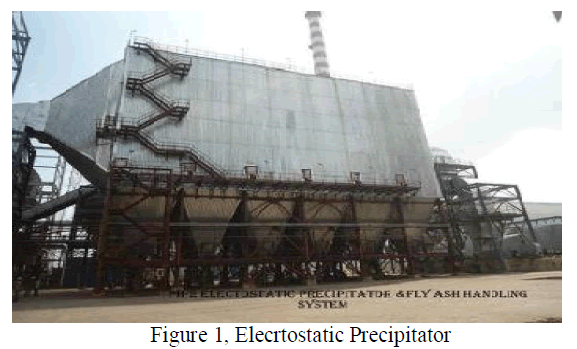 |
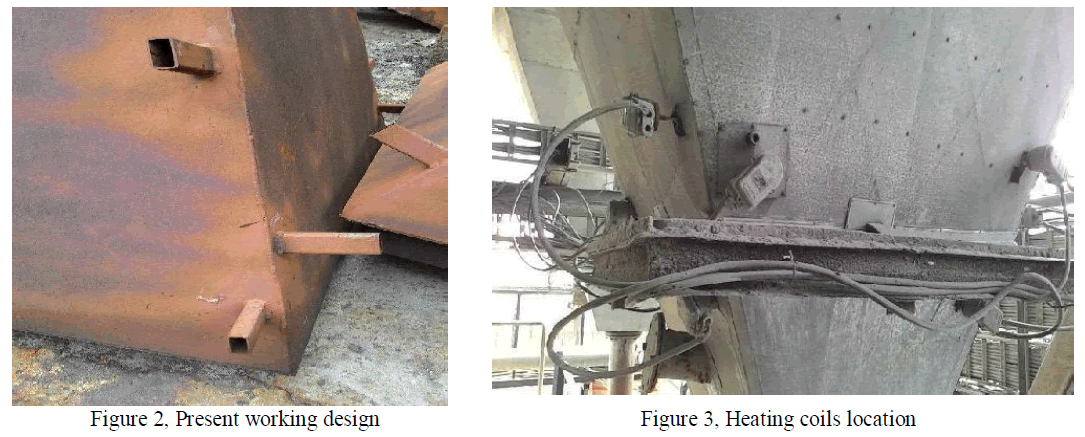 |
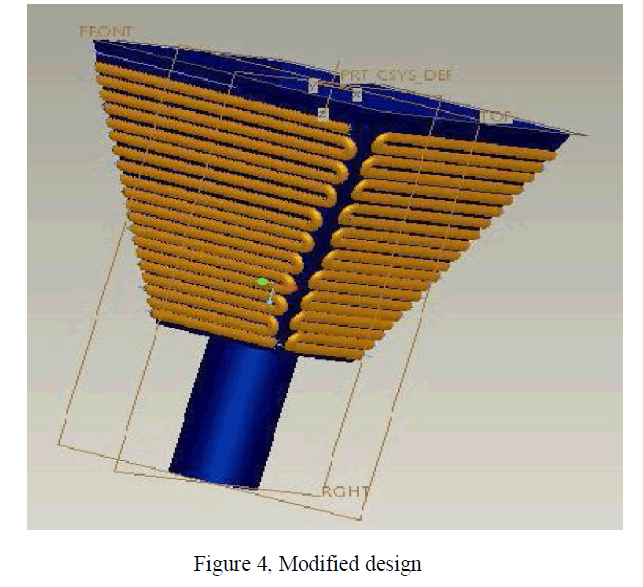 |
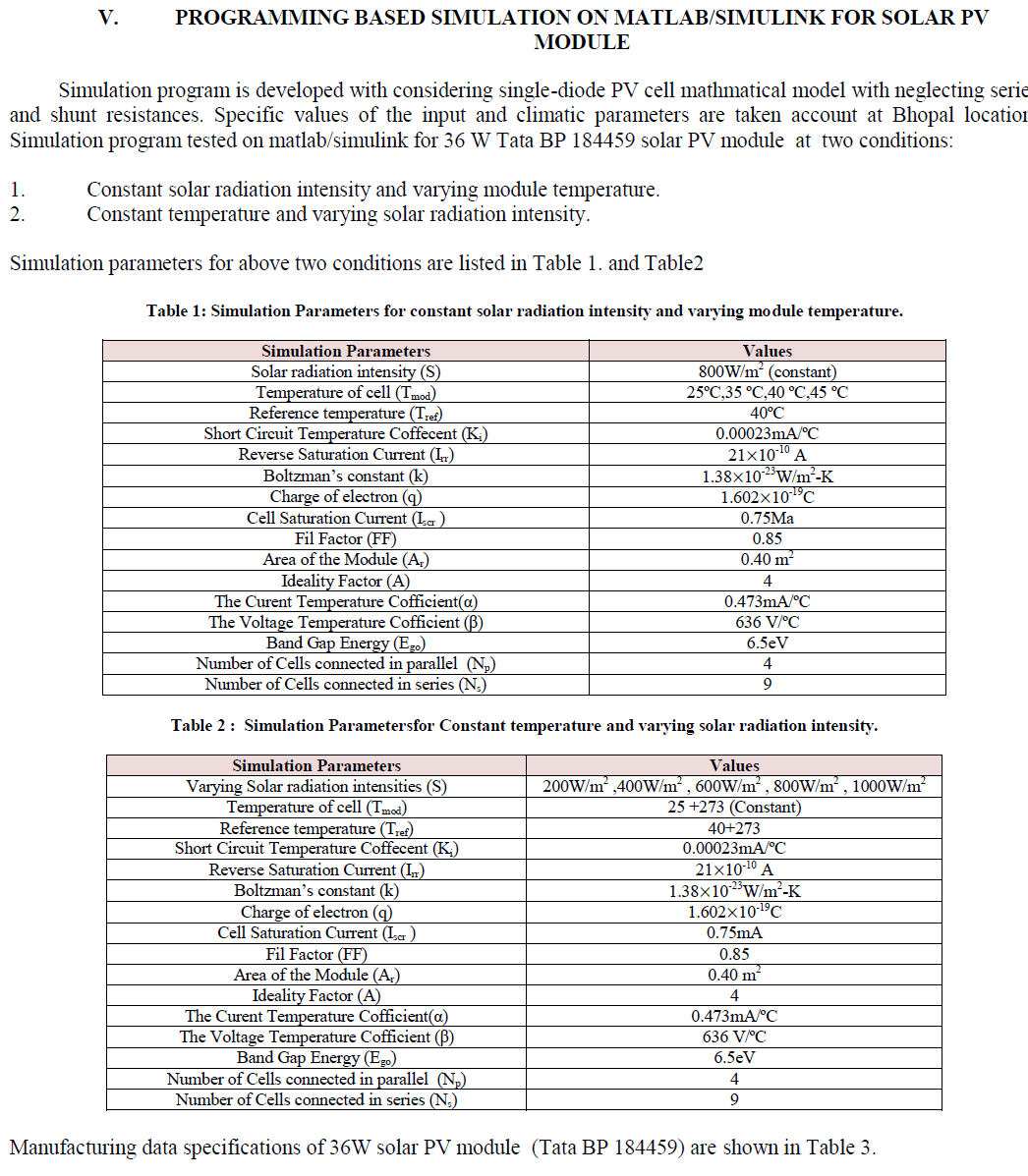 |
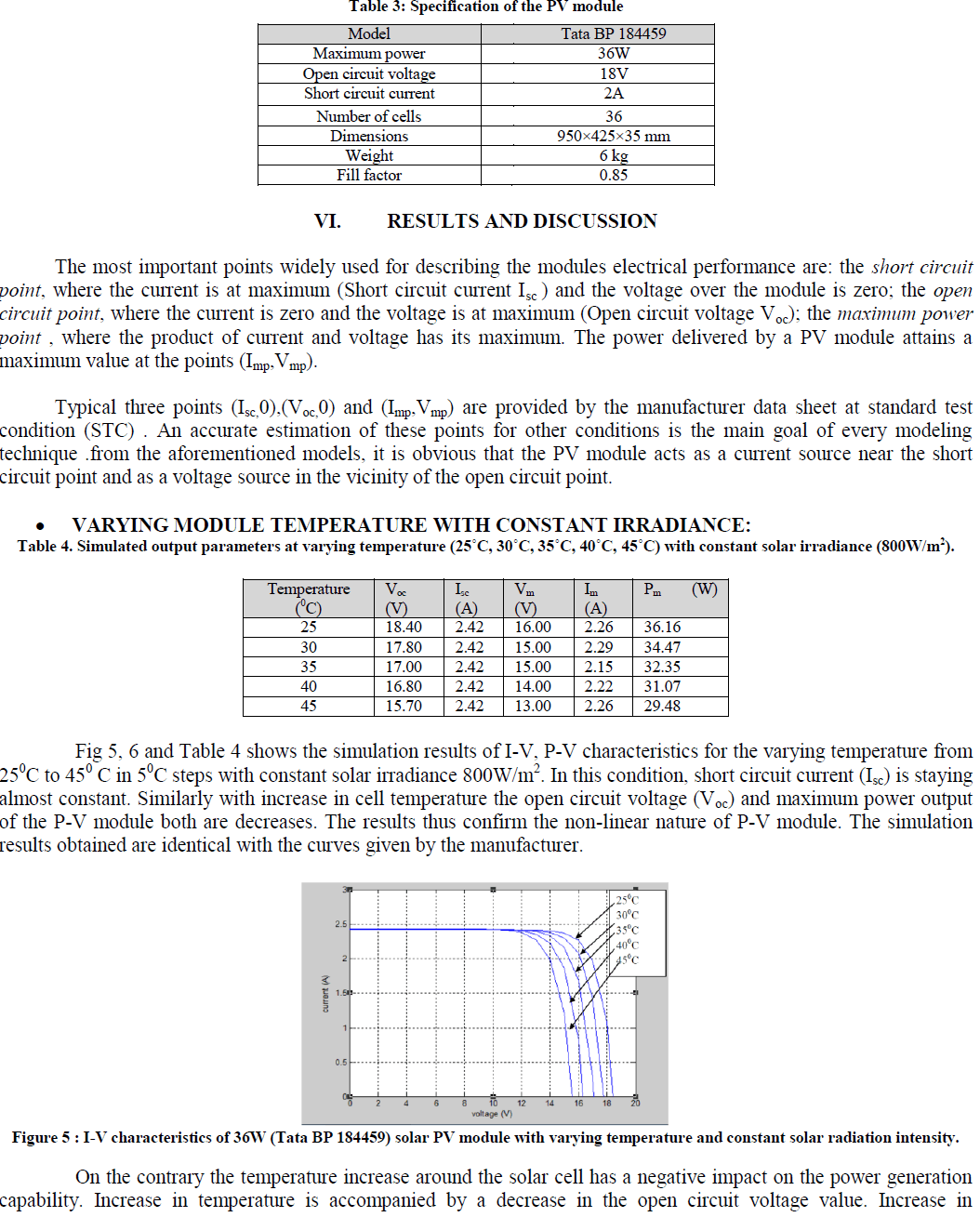 |
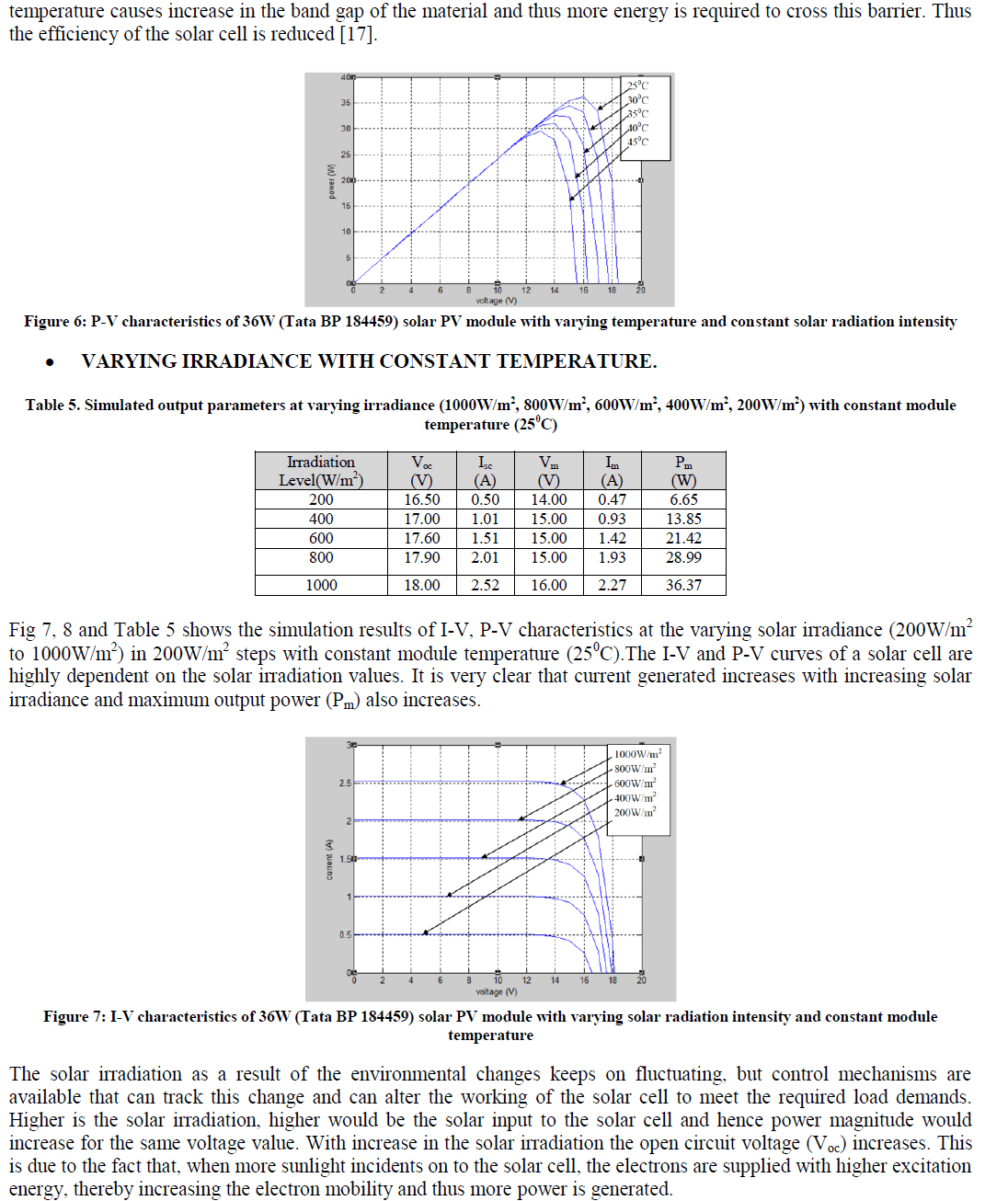 |
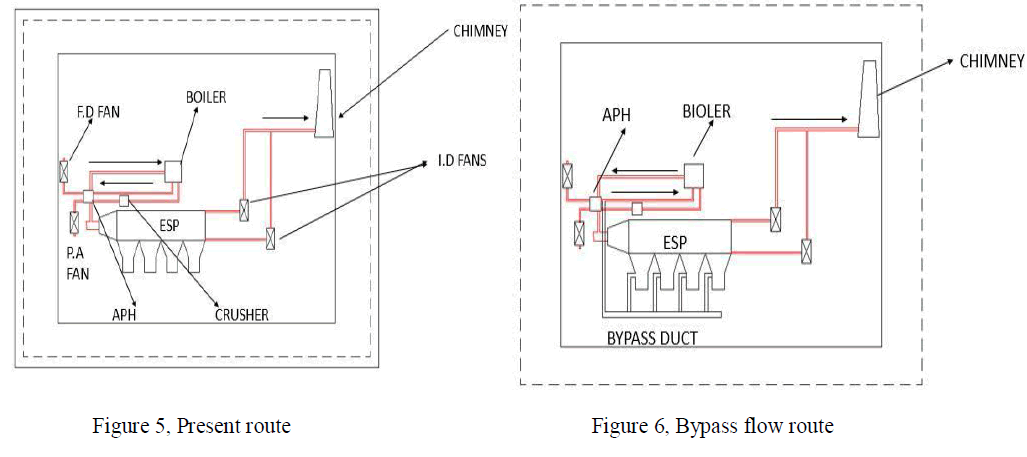 |
CONCLUSION |
| The employment of classical and modified single-diode models with ignoring series and shunt resistance for modeling the electrical performance characteristics of Tata BP 184459 PV module in the programmable simulink platform. Simulation results I-V and P-V characteristics are validated with manufacturer I-V ,P-V characteristics under two different operating conditions : First, varying solar radiation intensity from 200W/m2 to 1000W/m2 with considering constant temperature of the PV module is 250C and Second ,varying temperature from 250C to 450C with taking solar radiation intensity constant 800W/m2 and Input information was available on standard PV module data sheet Table 1 for (Tata BP 184459) .The accurateness of the simulation results is verified with manufacturer results I-V and P-V characteristics. Following conclusions are drawn in this study: |
| 1. With increasing temperature (25oC to 450C) PV module, open circuit voltage (Voc) got decreasing but short circuit current (Isc) slightly increasing due to band gap of silicon. |
| 2. Maximum power (Pm) decreases with increasing the temperature from 25oC to 45oC. At temperature 25oC maximum power is 36.16W where at temperature 45oC it is 29.48W. |
| 3. Voltage produced by PV module at open circuit and current produced at short circuit are increased with increasing the solar irradiance level from 200W/m2 to 1000 W/m2. This increment is linear function of the solar radiation intensity. Increment of short circuit current is more significant as open circuit voltage. |
| 4. The output power PV modules strongly depend on the solar irradiance falling on it. The power of the module increases almost linearly with increasing in intensity of solar radiation. |
| 5. Output power obtained 6.65W on solar irradiance level 200W/m2 and it is obtained 36.37W at 1000W/m2. |
ACKNOWLEDGEMENT |
| We are very thank full to Dr. K. Sudhakr and department of energy MANIT Bhopal for valuable guidance and fully support to complete this work |
NOMENCLATURES |
 |
 |
References |
|